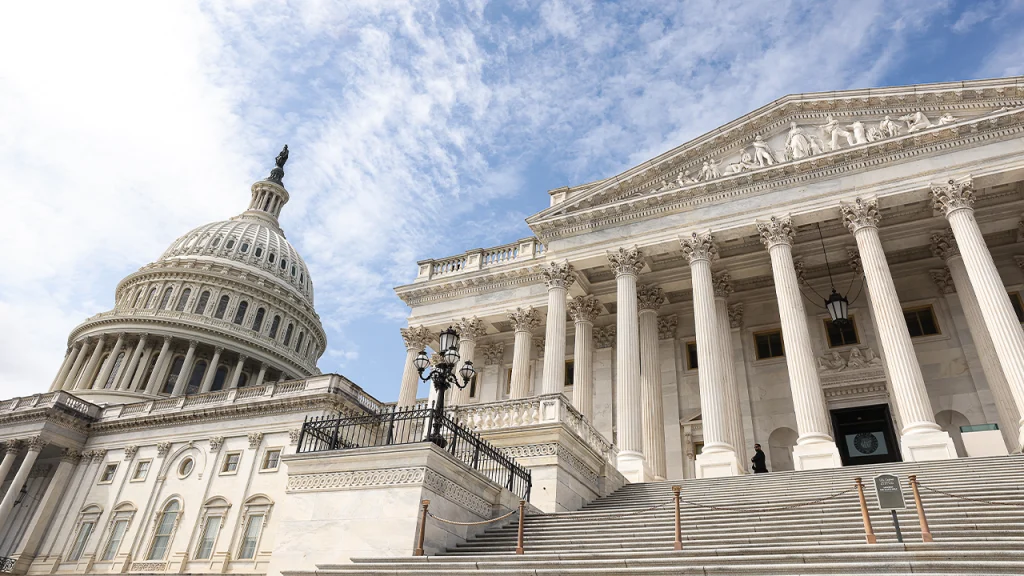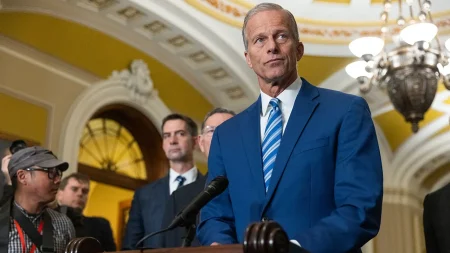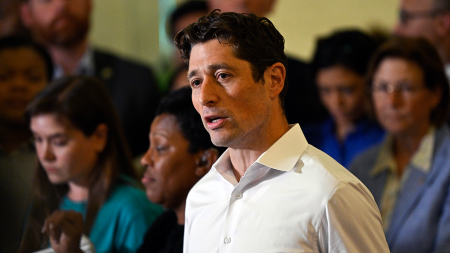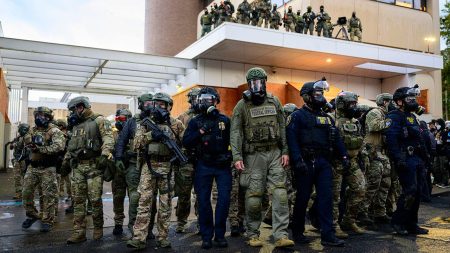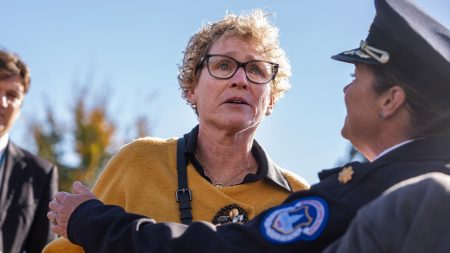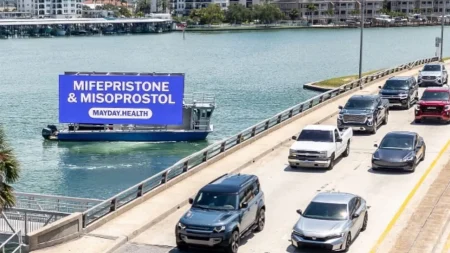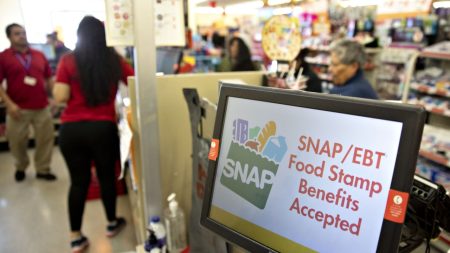Senate Poised to Vote on Shutdown Resolution as Bipartisan Support Forms
In the quiet corridors of Capitol Hill, a path forward is emerging that could potentially end the government shutdown that has disrupted federal services and threatened crucial programs relied upon by millions of Americans. The Senate is preparing for a critical test vote as early as tomorrow on a revamped Republican bill that offers a compromise solution: funding parts of the government through September 2026 while keeping other agencies operational until late January. This delicate political dance comes after days of negotiations, posturing, and the growing pressure to restore government functions, particularly those that affect vulnerable populations.
The proposed legislation, which Senate leadership expects to unveil fully by tomorrow morning, focuses on funding key departments including Agriculture (which administers SNAP food benefits), Veterans Affairs, military construction projects, and Congress itself through fiscal year 2026. Notably absent from this compromise is any provision for renewing Obamacare subsidies, which had been a major sticking point for Democrats. The bill will require 60 votes to overcome a filibuster, meaning Republican sponsors will need support from at least some Democratic senators. Behind the scenes, a fragile coalition is forming, with several moderate Democrats and independents potentially willing to break ranks with their party leadership. Names being closely watched include Senate Minority Whip Dick Durbin, Senators Jeanne Shaheen, Jack Reed, Jon Ossoff, John Fetterman, and others who represent states where a prolonged shutdown could cause significant political damage. Senator Patty Murray, the top Democrat on the Appropriations Committee, has reportedly secured important provisions in the tentative agreement, potentially giving cover for other Democrats to support the measure.
The timing of the final vote remains uncertain, highlighting the procedural complexities that often dominate Washington’s approach to crisis resolution. If senators reach a time agreement, a final vote could happen as soon as Sunday night. However, progressive Democrats, frustrated by the lack of healthcare provisions and feeling betrayed by their more moderate colleagues, might try to stretch out the process, potentially delaying the final passage until Tuesday or beyond. This strategy poses its own political risks, as any delay would further postpone SNAP benefits and other critical services to vulnerable populations—the very constituencies Democrats typically champion. The push-pull between political positioning and practical governance will likely determine how quickly this resolution moves forward.
Meanwhile, the House stands ready to act, with Speaker Mike Johnson keeping members on 48-hour notice to return for a vote once the Senate completes its work. The House landscape presents its own mathematical challenges. With a slim Republican majority of just 219-214, Johnson can only afford to lose two Republican votes before needing Democratic support. Several moderate Democrats, including Representatives Tom Suozzi, Marie Gluesenkamp Perez, and Jared Golden (who previously supported an earlier Republican funding bill), may be willing to cross party lines to end the shutdown. An additional wrinkle involves the timing of swearing in Representative-elect Adelita Grijalva, a Democrat from Arizona. Democrats will certainly pressure Johnson to seat her before any critical vote, as her presence would further narrow the Republican majority and potentially influence the outcome.
The political aftermath of this resolution could reshape alliances within the Democratic Party for months to come. Once the immediate crisis passes, expect significant tensions to emerge between Democrats who broke ranks to end the shutdown and those who held firm demanding healthcare subsidies. This divide could manifest in primary challenges, committee assignments, and influence over future legislation. The gap between House and Senate Democrats may also widen, as differing political incentives and electoral timelines create competing priorities. Some progressive Democrats are already expressing frustration that after taking the political risk of allowing a shutdown, they may emerge with none of their key priorities addressed in the final legislation—a scenario that would undoubtedly lead to recriminations within the party.
This latest episode in Washington’s governance-by-crisis approach reveals deeper truths about our political system and the challenges of finding common ground in an era of razor-thin majorities and intense polarization. For ordinary Americans caught in the middle, the shutdown represents yet another example of how dysfunction in Washington translates to real-world consequences—delayed benefits, furloughed workers, and uncertainty about essential government services. As lawmakers inch toward resolution, the question remains whether this experience will prompt any meaningful reflection on improving the budget process or whether the pattern of brinkmanship and last-minute deals will continue to define our governing approach. For now, all eyes remain on the Senate floor, where the first crucial votes will determine whether government operations can resume in the coming days or whether the standoff will continue into another week of uncertainty.





